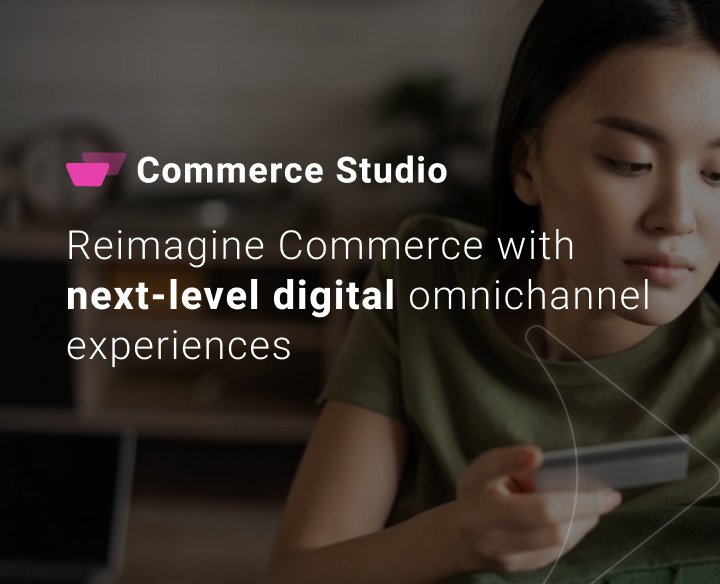In today’s market, remaining responsive to change in the digital era is what will set you apart from the competition and encourage you to continue disrupting your own business model.
The function of an internal R&D provides a platform for innovation and company-wide growth and whilst the benefits of R&D are known to most, it is commonly only larger organisations that have had the flexibility and investment to dedicate to it. Over the past few years however, we have seen a number of start-up and small-to-medium businesses who are fast becoming the driving force behind breakthrough product and innovations.
As Head of R&D at eWave, Max Borovik discusses with us a number of tactical and strategic actions that teams can take in order to improve their odds of success.
Could you tell us a little bit about your role at eWave?
My main objective as Head of R&D is to implement leading processes, to boost operational efficiency and to ensure the smooth transfer of new innovations and technology to other groups or departments.
As an end-to-end digital agency, eWave are constantly exposed to the inefficiencies and limitations of commerce businesses- from our own observations to that of our clients, which allows us to create solutions based on needs and pain points.
For us as a company to provide customers with far better and more efficient services, we have to constantly ask ourselves several key questions, which are “What are the bottlenecks in our operations and how we can remove them by reinventing ourselves”, and “What are the issues in the eCommerce industry that keep our customers frustrated and that nobody else solved yet”.
The development of an internal R&D team can be a risky venture for businesses and most must commit substantial capital to the effort. What knowledge do you think businesses need to acquire before committing to an investment in R&D?
Some businesses need to understand that if you do not take a risk, you may be out of business very soon. The risk can be managed though, meaning that you don’t have to invest significant capital into your ventures right away. The key is to have an attitude to try and if you fail, do it quickly. This way you’ve hedged your loss and saved your investments for the next opportunity.
What are some of the projects you are currently working on?
We focus our efforts on internal and external products.
As a part of Magento implementation practice we have spent a lot of time working on boosting operational and technological efficiency in this area. This resulted in the creation of our own rapid implementation framework called Unicore.
This framework allows merchants to implement an online solution on Magento 2 platform up to 50% faster with unprecedented levels of quality.
Another example of an internal product we’ve worked on is our Dev Box. This offers a solution to simplify and optimise the deployment process - allowing users to set up any Magento 2 project environment on their local machines in minutes.
The great thing about this product was that it was initially created as an internal product to reduce the labour involved in deploying ecommerce solutions. Recently, we made the decision to share this product, giving developers in the Magento 2 community unlimited access.
You mentioned that you encourage your team to identify pain points in eCommerce and improve on them through development of new solutions. Have you identified any gaps in the market recently?
Working with a number of multinational retailers, our team found a recurring concern around the inefficiencies of product image processing for eCommerce. Whether you use in-house, or outsourced designers, it is a slow, costly process, usually offering little visibility of the image processing journey.
In response to these challenges, my team began working on Quik.ai - a one stop solution that quickly automates the routine processes of image retouching and enhancing through artificial intelligence.
This product is launching soon - so keep an eye out!
Once your team identifies a new concept, what steps do you take in order to increase your chances of success?
Every business has a basic R&D process that they will follow, however I recommend that once an idea has been vetted you undergo some market research - in order to assess market readiness.This works to narrow down ideas and then the development can begin.
It is also incredibly important that you have a formal project management process in place, with key review and launch dates to ensure that your team stays on track. Keep in mind that project meetings should be part of this process, you should be continually assessing test concepts and evaluating progress - the research and development phase ends when the product is ready for production.
Finally, don’t be afraid to draw on support from other organisations. Business partners and suppliers may provide you with access to new materials, processes or technologies that you can incorporate into your development program.
Lastly, given the importance of innovation to most organisations success, what skills and attributes do you think are required to achieve success in R&D?
I think everybody would agree that businesses must innovate in order to maintain competitive in the market. It is especially true for eCommerce as this market is growing exponentially in terms of the efficiency of technologies and the efficiency of services.
I’m a firm believer in the Kaizen approach- creating continuous improvement based on the idea that small, ongoing positive changes can reap major improvements. You don't need a special R&D team for that, instead it should become part of the core values of your organisation.
When every team member is constantly challenging the status quo, it inevitably leads to new ways of thinking - leading to new technologies and improvements that benefit your employees and customers.
Potential failure is an unavoidable part of this process, so it is very important that management creates a culture where employees are not afraid of trying new things or to challenge the current process. This approach can be risky but it can also be extremely rewarding.

